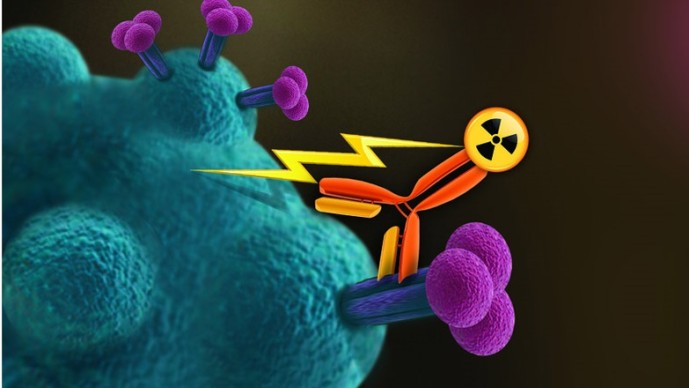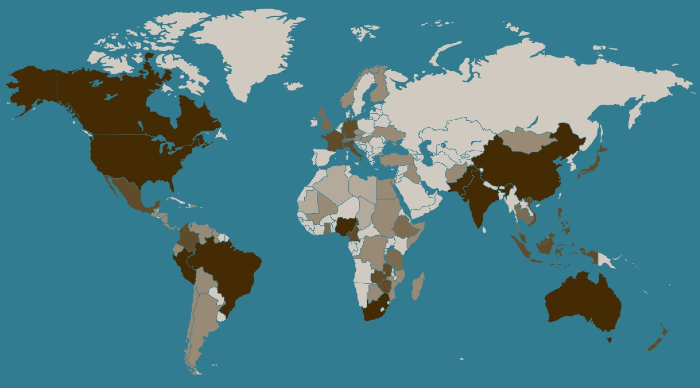Design New Approaches to Cure HIV Infection (Round 6)

NIH/NIAID Collaboration with Gates Foundation
Roadblock:
While antiretroviral drugs have been successful in expanding treatment to patients worldwide, current therapies do not clear the infection and so require life-long treatment to prevent the infection from progressing to more advanced forms of disease. The costs, scaling and maintenance of this treatment for the growing affected population are daunting. New methods need to be discovered that can permanently eliminate infection, even in cases where effects of the virus are being controlled with current drugs.
What We’re Looking For:
The goal of this topic is to solicit new approaches to curing HIV infection in patients currently on antiretroviral therapy. Elimination of all reservoirs of HIV from a patient is a complex challenge that may require a combination of approaches. Consideration will be given to proposals that address any of the several different lines of study that could ultimately contribute to an effective cure. Proposals must (i) have a testable hypothesis, (ii) include an associated plan for how the idea would be tested or validated, and (iii) yield interpretable and unambiguous data in Phase I, in order to be considered for Phase II funding.
A few of the many specific examples to be considered include:
- New approaches to directly target and inactivate HIV provirus after it has integrated into the genome of infected cells, including ways to permanently inactivate dormant provirus in latently infected cells;
- New methods for characterizing the cellular reservoirs that contribute to HIV persistence during antiretroviral therapy;
- Technology-driven approaches to identify, isolate, and characterize single latently infected cells;
- Identification of unique biomarkers/signatures on latently infected cells that would enable selective targeting of cells harboring dormant HIV provirus;
- Approaches to selectively kill cells harboring dormant HIV provirus without affecting uninfected bystander cells;
- New approaches to identify small molecules that would selectively activate expression of HIV proteins in latently infected cells, thereby permitting the targeting of these cells by a secondary agent;
- Approaches to selectively kill cells in which HIV genes are actively being expressed.
For this initiative, we will not consider funding for:
- Studies that rely on intensification of antiretroviral therapy;
- Approaches that involve non-specific reactivation of HIV gene expression through use of cytokines, histone deacetylase inhibitors, DNA methylation inhibitors, etc.;
- Basic research studies of viral or cellular factors involved in latency without a clearly defined translational focus;
- Development of animal models to study HIV persistence without a novel strategy for eradication of viral reservoirs;
- Concepts currently under clinical investigation.
Grants will be selected on ability to create impact in the context of The Bill & Melinda Gates Foundation’s existing global health priorities.For more information on these priority global health conditions, please click here.
The NIH/NIAID is committed to providing opportunities for longer term funding of Grand Challenges projects in HIV latency and persistence that are productive during the course of the Challenge Award funding and are of high scientific merit.
